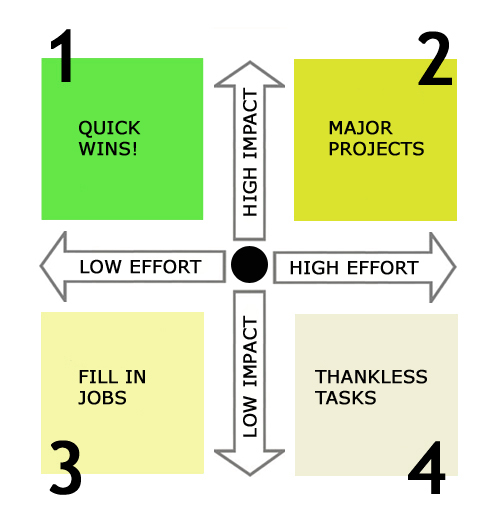Accuracy in Lean Six Sigma defines the difference between the average number of observed values and the accepted standard. It measures the accuracy of the results of a process against the benchmark standard.
When a process does not consistently produce the desired results, it typically is a problem with accuracy or precision. Working successfully with Lean requires understanding the differences between the two issues.
Lean Six Sigma and Accuracy
Accuracy is evaluated by taking the average of a set of numbers and comparing it to the standard. But keep in mind that accuracy is not precision. To visualize the difference, imagine a game of cornhole. A player throws four bags. Each land within an inch or two of the hole, but one is over the hole, one is under the hole, and the two others land on either side.
The average of where all four bags landed might be close to or even in the hole, but none of the bags are actually in the hole. The shooter was somewhat accurate, but not precise. There is variation in the shooter’s process of throwing that is producing fairly accurate throws, but each is off target in its own way.
Lean Six Sigma and Precision
Precision refers to having as little variation as possible in a process. In the cornhole example, a more precise player might also miss the hole, but all four bags would land grouped together tightly in one area, such as just above the hole. The shooter has little variation in their toss, they just aren’t aiming for the right spot.
With this simple example, it’s easy to see why companies prefer a problem with a precise operation rather than an accurate one. It’s easier to fix the one thing that makes the more precise bag tosser always miss to the same spot above the target. But the accurate tosser, while getting close each time, misses in a different way, meaning there are more issues to resolve.
Using Lean tools to determine accuracy and the detailed nature of a problem in a process – including the determination if it is accurate or precise – gives teams a big advantage in understanding how to approach solving problems.



